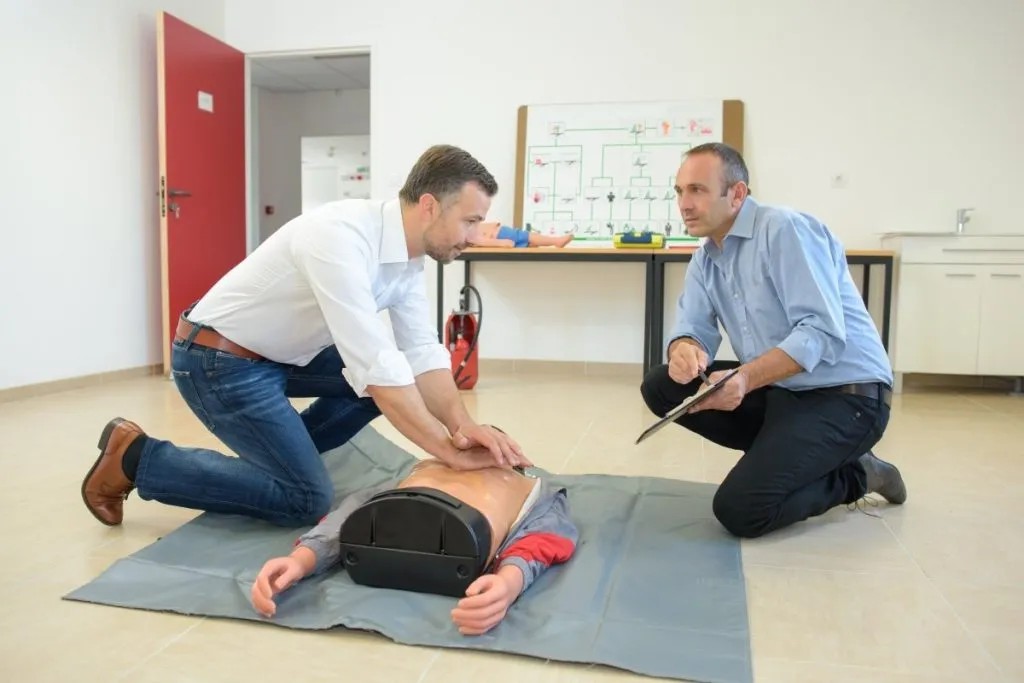


 349,500 Offered Certificates
349,500 Offered Certificates
 24/7 Online Training
24/7 Online Training
 Money Back Guarantee
Money Back Guarantee
 Fully Accredited Courses
Fully Accredited Courses

Created at: 25-02-2025 16:04
In today’s fast-paced work environments, ensuring the safety and well-being of employees is more critical than ever. With unforeseen accidents and emergencies lurking around every corner, having a trained workforce can mean the difference between panic and effective response. This is where First Aid and CPR training comes in. This essential training empowers employees, minimizes injury risks, and ensures compliance with health regulations.
Emergencies can happen unexpectedly at work, whether it’s due to sudden health issues, accidents, or even natural disasters. Training employees in First Aid and CPR enables them to respond swiftly and efficiently, potentially saving lives. Furthermore, workplace injuries can lead to significant costs and legal challenges for businesses. By implementing an effective training program, organizations not only enhance safety but also promote a culture of preparedness.
Cardiopulmonary Resuscitation (CPR) is a lifesaving technique used in emergencies when someone's heartbeat or breathing has stopped. Employees must learn key CPR techniques such as:
Regular practice through CPR and First Aid Certification courses ensures that employees become proficient in these critical skills.
Organizations across various sectors are legally obligated to maintain workplace safety standards, which includes having trained first responders on-site. Compliance with health regulations helps:
Knowing the correct response procedures can significantly affect the outcome of an emergency situation. Key First Aid steps include:
Choosing the right First Aid Course involves considering:
For instance, Emergency First Aid Training Course tailored for workplaces is an excellent option to consider.
With technological advancements, employers have options for training formats. Here’s a breakdown:
Both options offer valuable skills, and a combination may offer the best outcomes.
Investing in First Aid and CPR training is a vital step towards creating a safer work environment. Not only does it empower employees with life-saving skills, but it also aids in compliance with legal regulations and fosters a culture of safety. Enroll your team in a First Aid Course today to enhance workplace safety and ensure your business is prepared for any emergency.
For more information on training options, contact us at: [email protected].